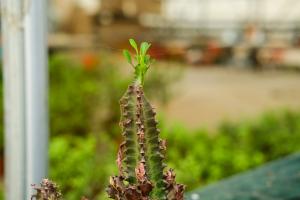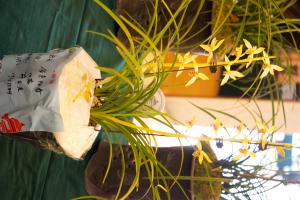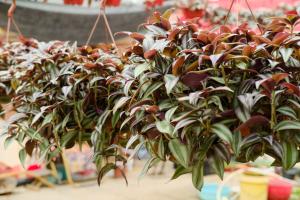1、 Curing method
1. Temperature: pod fern likes a cooler environment. It does not have strong tolerance to high temperature. Too hot environment will weaken its growth. Therefore, it is very suitable to be between 15 and 25 degrees. Try not to be higher than 30 degrees

2. Light: pod fern has low demand for sunshine, and has good negative resistance. In its growth period, it can be irradiated with an appropriate amount of astigmatism, not too strong light. Especially in summer, it must not be exposed to direct light, otherwise its leaves may be burned

3. Watering: pod fern likes humidity. Wild pod fern is generally distributed in cloudy and humid places. Therefore, it is very necessary to replenish water in time. Especially in summer, it's best to water twice a day. In addition, the humidity of the air should be kept appropriate

4. Fertilization: pod fern does not need much fertilizer. When there is enough nutrients in the soil, topdressing can be applied once every two months, and it is not necessary to apply in winter

2、 Breeding skills
1. Reproduction: ramets can be used, which is very common. It can be carried out in spring and autumn. Select a plant with developed rhizome as the mother plant and dig it out of the soil. Treat the soil at the root, and then divide it into several parts from here. The specific parts can be determined according to its volume. After separation, plant them separately, which can be kept at a distance of about 40 cm

2. Weeding: beside the pod fern, there are often some messy grasses. Therefore, they need to be removed regularly. After weeding, it is best to cover it with a layer of straw, which can effectively inhibit the growth of weeds. In addition, weeding can be carried out together with soil loosening, which can alleviate the soil caking phenomenon and make the plant grow better later

3、 Problem diagnosis and treatment
1. Disease: the low resistance of pod fern is still very good, so there will be no disease at ordinary times. Spray medicine in time after discovery, which is easy to cure

2. Insect pests: not too many. Spray the medicine after it appears. Pay attention to it in time and don't increase their number

4、 Other issues
1. Toxicity: it is non-toxic, and the ability of environmental purification is relatively strong

2. Whether it can be raised at home: Yes, but this practice is rare. It is mainly wild and not ornamental plants


 how many times do yo...
how many times do yo... how many planted tre...
how many planted tre... how many pine trees ...
how many pine trees ... how many pecan trees...
how many pecan trees... how many plants comp...
how many plants comp... how many plants can ...
how many plants can ... how many plants and ...
how many plants and ... how many pepper plan...
how many pepper plan...






























